When differentiating instruction isn’t enough, how can teachers deliver the additional supports some students will need? Today’s blog post is a handy guide to four types of accommodations and modifications that can be worked into a student’s IEP. Excerpted and adapted from the book Teaching Math in Middle School by Leanne R. Ketterlin‑Geller, et al., these strategies will support academic success for students who need additional help. (In the book, these suggestions are framed as helpmates for teaching math effectively, though the guidance here applies across content areas.)
First, a quick review: What’s the difference between instructional accommodations and modifications?
Accommodations are changes that support access but don’t change the underlying instructional objective. For example, an instructional accommodation may change the time a student is provided to learn the content.
Modifications, on the other hand, may change the extent to which the student is required to learn the material. Often used with students who have significant intellectual disabilities, modifications help align the learning environment with more intensive needs.
Accommodations and modifications can be classified into four categories: presentation, setting, timing and scheduling, and response mode. Here’s an overview of the categories and some helpful examples of each one:
Changes to Presentation
Presentation accommodations change the way in which instructional material or assessments are disseminated to students. For example, some students may have visual impairments that make it difficult to perceive written materials. Accommodations to support access for these students may include:
- Allowing them to audio- or video-record a lesson instead of taking notes
- Reading the directions or problems out loud to the student
- Increasing the font size—enlarging text or using a magnification device
- Increasing the contrast or differentiation of information included in visual representations (e.g., using color to help students identify corresponding sides on similar figures)
- Increasing white space on assignments
- Reducing the number of items on a page
- Allowing the student to use a screen reader
- Offering tactile prompts such as physical guidance or raised-line paper
- Providing the student with a copy of notes or class presentations before the lesson begins
Because these changes do not alter the content expectations, these are classified as accommodations. Some students with more significant physical, sensory, or cognitive difficulties may need modifications to presentation to gain access to the content. Examples of modifications that involve changes to presentation include:
- Allowing the student to read shorter versions of a textbook that may not contain grade-level vocabulary
- Shorten story problems in math by reducing the number of relevant steps needed to respond
- Reduce the reading expectation for word problems (e.g., removing irrelevant information)
Because they change the depth, breadth, and/or level of proficiency of the learning objectives, these changes are modifications and should only be provided with guidance from the IEP team.
Changes to Setting
 Changes to the setting of instruction or assessments are most beneficial for students who are easily distracted by routine classroom interactions or need support to make the learning environment physically accessible.
Changes to the setting of instruction or assessments are most beneficial for students who are easily distracted by routine classroom interactions or need support to make the learning environment physically accessible.
Setting accommodations are changes to the conditions or locations of instruction or assessment. Some setting accommodations that can be implemented to support these students include:
- Changing the seating and/or grouping for the child, such as sitting near the teacher or away from doors or windows
- Providing instruction in small groups to minimize distractions
- Offering a separate location for the student to complete a test or assignment (this option should be used only when necessary)
- Allowing the student to use a physical device to reduce distractions (headphones or study carrel)
Even though some students might benefit from these setting accommodations at different times during instruction, students with disabilities who have been assigned one or more of these accommodations must be provided with the accommodation on a regular basis.
Setting modifications can be considered for students with more significant characteristics that affect their ability to attend during instruction or when taking assessments. These students may need to receive individualized instruction or work with a partner on a task that was originally intended for individual students to demonstrate independence or mastery.
 Changes to Timing or Scheduling
Changes to Timing or Scheduling
Changes to the timing or scheduling of instruction or assessments are often used to support students who process information slowly (e.g., student reads at a slow rate), have a physical disability that affects their ability to complete a task (e.g., student has difficulty with fine motor control and takes longer to write), or use another form of instructional change that requires additional time (e.g., student uses a screen reader to decode text).
Accommodations to support students’ access to the learning environment include:
- Providing extended time to complete a task
- Building in multiple breaks to avoid too much fatigue
- Breaking a task into smaller parts
- Allowing the student to take a test at a certain time of the day, such as first thing in the morning
Because accommodations don’t change the content expectations, these changes should be applied only when timing is not part of the learning objective. When timing is important, these changes may not be appropriate.
If a student needs these types of timing and scheduling changes for all tasks, including tasks that would be timed for all other students, these changes would be classified as modifications. Modifications that involve making changes to timing or scheduling include:
- Providing more time for the student to respond to an assignment or test that is intended to be timed (e.g., allowing twice as much time as intended)
- Extending the number of sessions a student has to complete an assignment or test that is intended to be timed (e.g., allowing the student to take a test over 2 days)
Changes to Response Mode
 Response mode accommodations and modifications are changes to the way students express their knowledge and skills. These changes may support students who have difficulty expressing themselves in a specific mode, either because of language difficulties or motor difficulties. Some students with these difficulties might benefit from being able to express themselves in a specific manner (writing, typing, or orally presenting their responses) or using different communication modes such as sign language.
Response mode accommodations and modifications are changes to the way students express their knowledge and skills. These changes may support students who have difficulty expressing themselves in a specific mode, either because of language difficulties or motor difficulties. Some students with these difficulties might benefit from being able to express themselves in a specific manner (writing, typing, or orally presenting their responses) or using different communication modes such as sign language.
Examples of response mode accommodations include:
- Allowing students to use a visual/graphic organizer to organize their thinking
- Letting students use concrete objects/manipulatives to generate their answer
- Giving students the option to write their responses directly on the assignment (as opposed to filling out an answer sheet)
- Making an audio recording of your lessons
- Letting students use a calculator or multiplication chart on an assignment that does not assess computation
Some students have more significant needs that require modifications to the response mode. Examples of these modifications include:
- Reducing the number of items the student needs to complete
- Reducing the depth of the explanation required to justify the response
- Offering fewer answer options in multiple-choice tests
- Letting students use a calculator or multiplication chart on an assignment that does assess computation
When you’re considering any of the instructional changes covered in today’s post, always align them with the specific needs of the student. Carefully considering both the student’s needs and your instructional expectations will help you determine how best to support access to the curriculum.
If you liked today’s post, check out the book for a complete guide to using multi‑tiered systems of support (MTSS) to teach middle schoolers effectively!
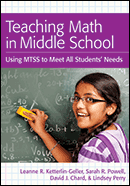
Teaching Math in Middle School
Using MTSS to Meet All Students’ Needs
By Leanne R. Ketterlin Geller, Ph.D., Sarah R. Powell, Ph.D., David J. Chard, Ph.D., & Lindsey Perry, Ph.D.
Make all your middle schoolers confident and competent mathematicians with this book, your accessible guide to teaching math to every learner in Grades 6-8. Focused on knocking down roadblocks to learning, this reader-friendly resource shows you how to use MTSS—a powerful, widely adopted framework for meeting each student’s individual needs. Learn how to deliver high quality, evidence based math instruction; combine your instruction with meaningful assessment; and provide just-right supports that help students conquer their specific math struggles.
Stay up to date on the latest posts, news, strategies, and more!
Sign up for one of our FREE newslettersMore posts like this
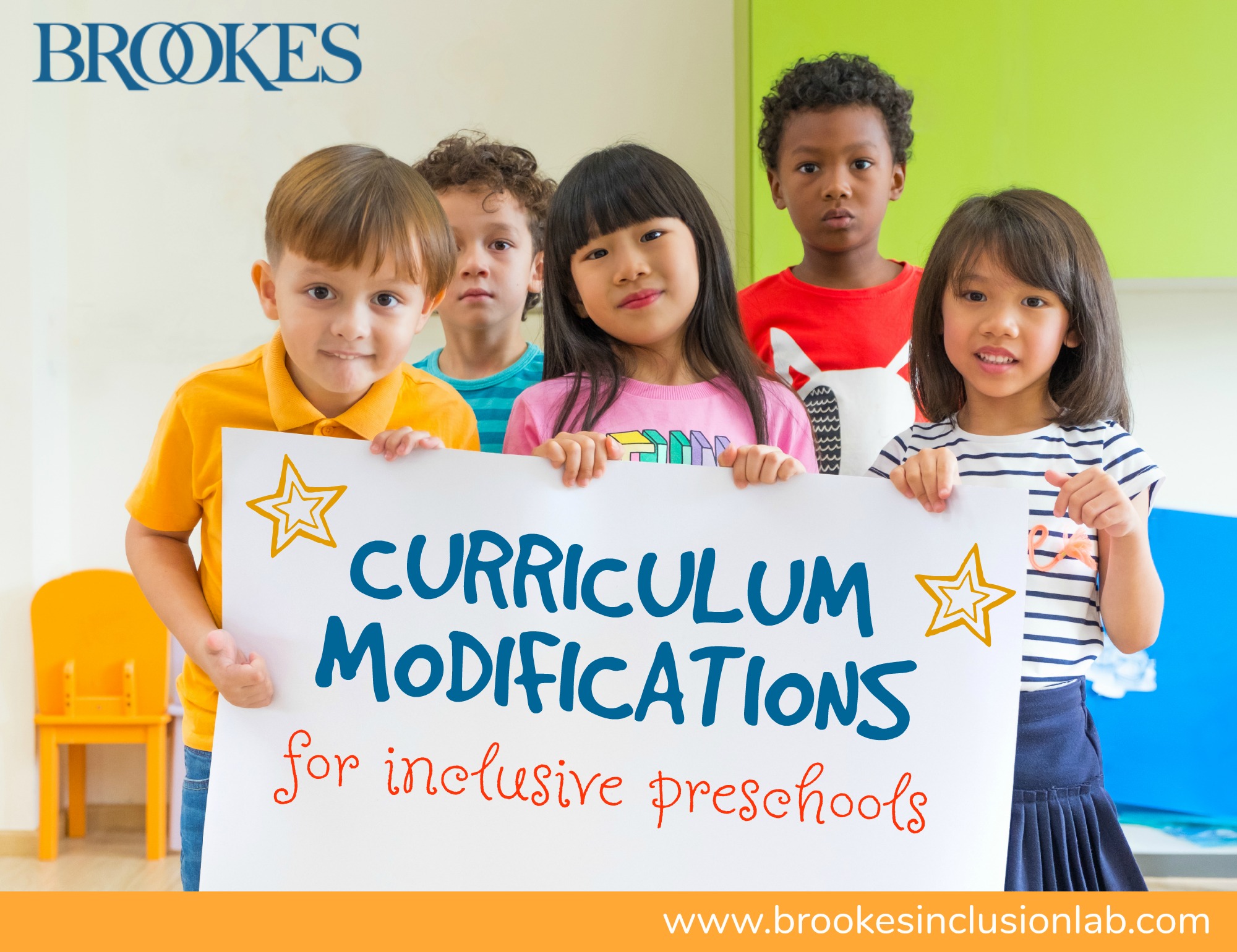
9 Curriculum Modifications for Inclusive Early Ed Classrooms
April 24, 2019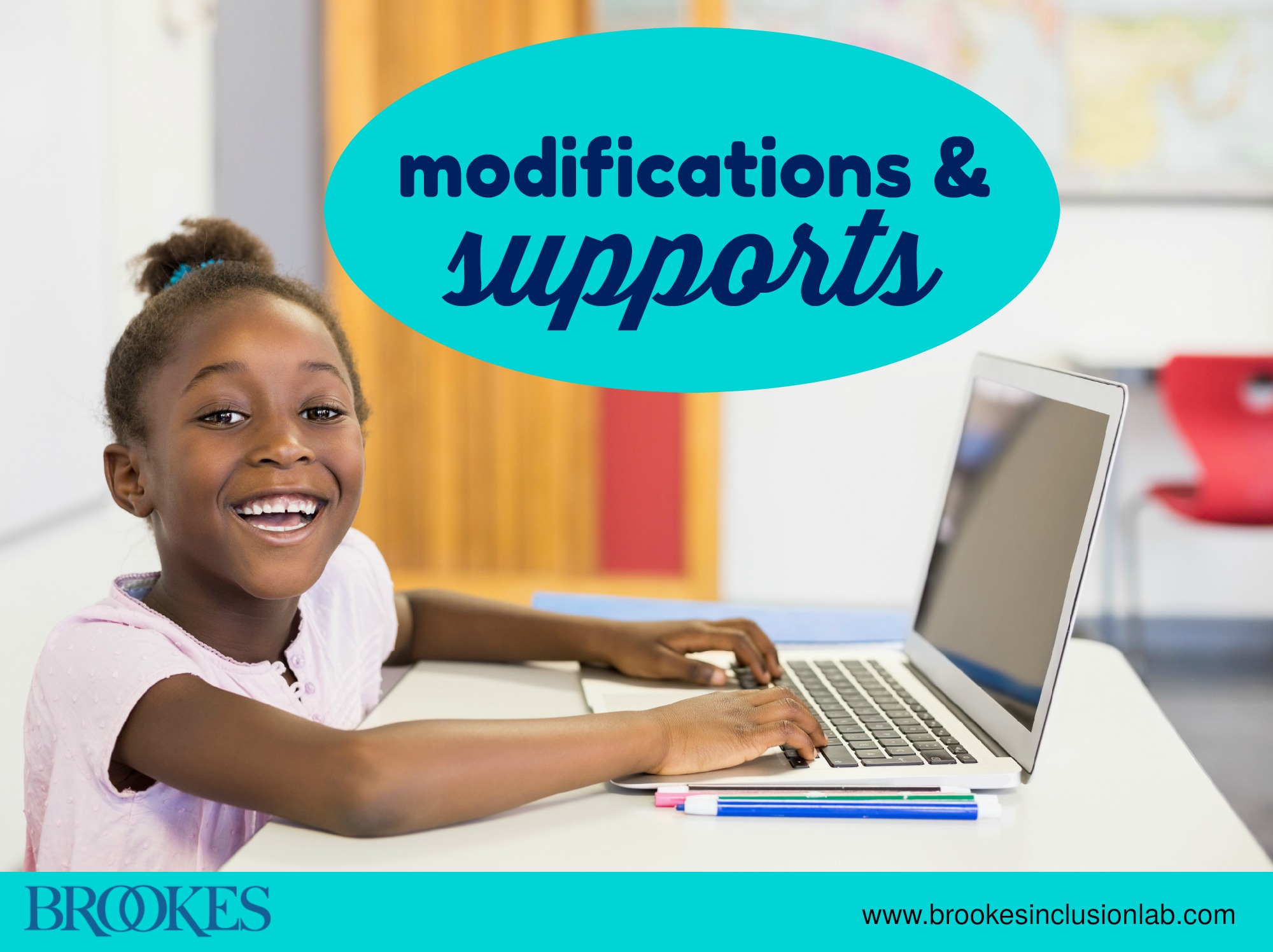
Accommodations and Modifications for 10 Common Classroom Activities
November 27, 2018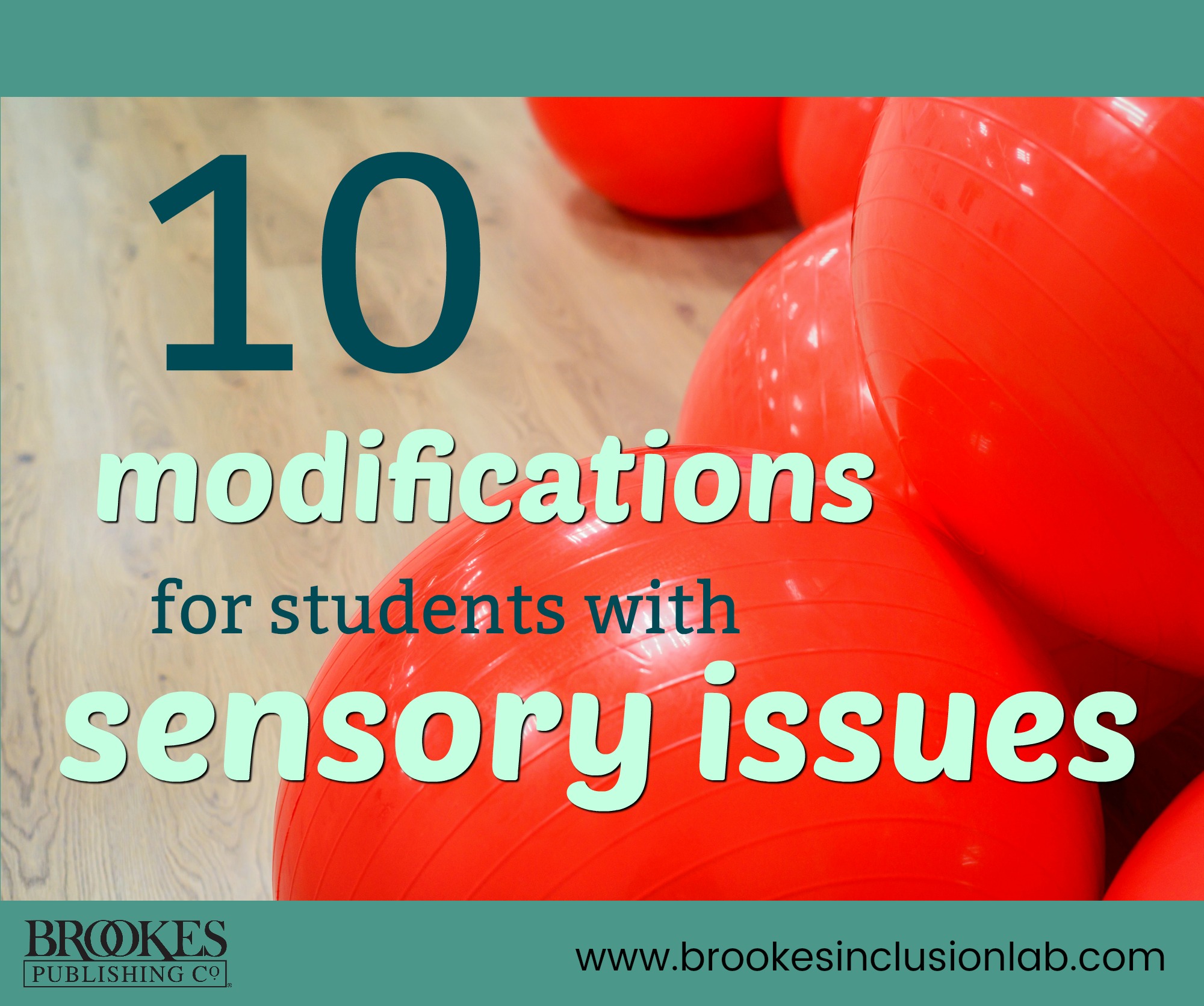

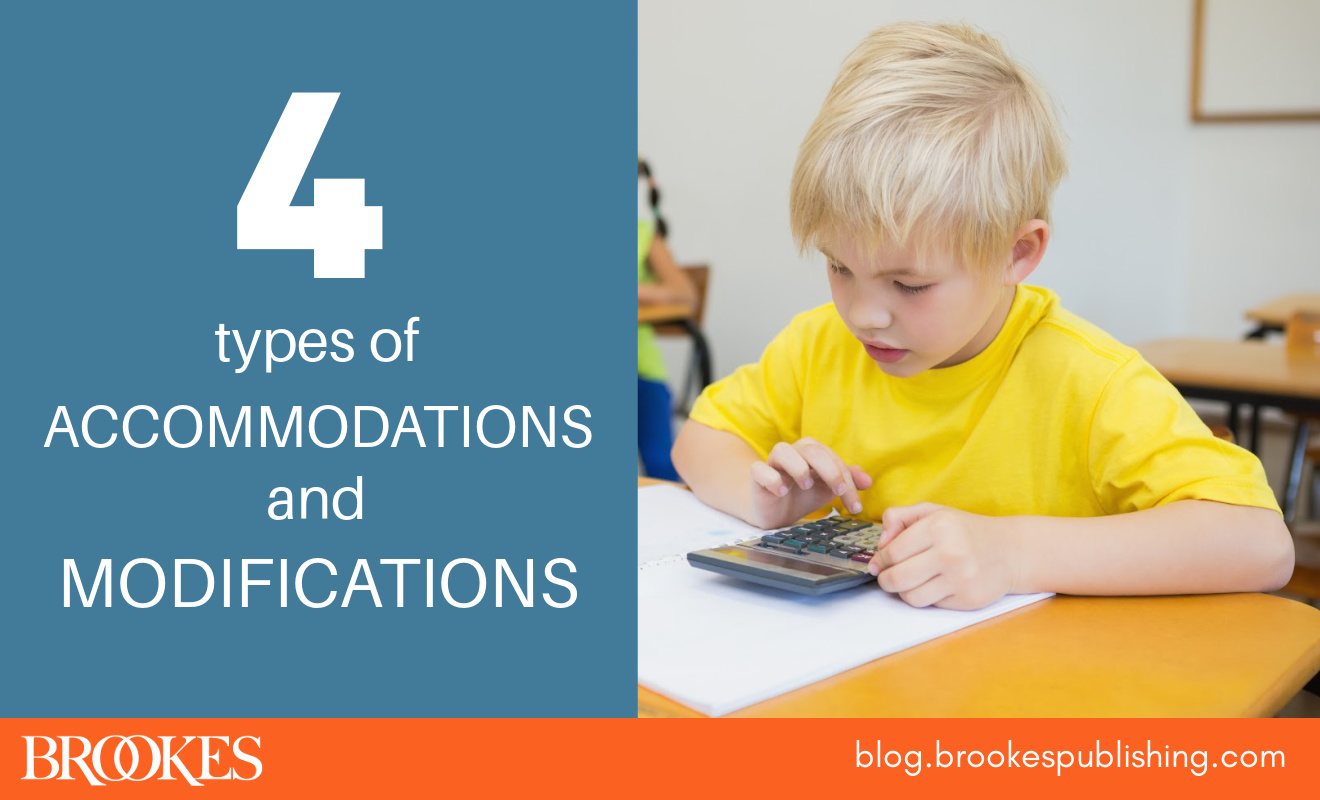

Write a Comment
Your email address will not be published. Required fields are marked *
Post a Comment